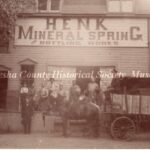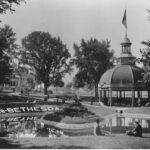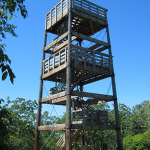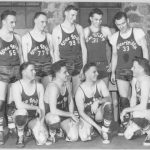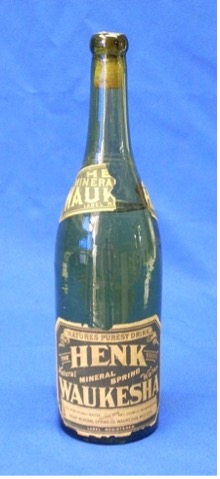
Once a small prairie town, Waukesha, Wisconsin became known as Spring City during the late 19th century with the discovery and promotion of healing springs throughout the county. Through marketing and advertisement, Waukesha’s mineral spring water gained a reputation for its purity and supposed healing powers. Large tourism and bottling industries emerged around the springs throughout the next few decades, drawing notable visitors and distributing Waukesha water across the country and even around the world. For about half a century, Waukesha’s fame as a fount of medicinal waters and a summer vacation haven defined the Wisconsin town.
As an artifact from one of Waukesha’s earliest bottling plants, the Henk Mineral Spring Water bottle represents the spring water bottling industry in Waukesha during the late 19th and early 20th centuries. This tall, green glass bottle still contains water from the Henk mineral spring. Two labels identify the bottle and proclaim the water’s quality as “Nature’s Purest Drink.” Manufactured in the 1880’s by the Henk Mineral Spring Company, one of the earliest in Waukesha, this bottle is one of many produced during the Springs Era. Over 200 companies enjoyed success during the period, shipping water by the barrel and bottled water by the case throughout Wisconsin, the United States, and even to foreign countries. Some of the largest companies included Bethesda, Silurian, Hygeia, and White Rock springs, many of which earned international acclaim for their crisp, clean waters.
Produced at the bottling works and sold as a consumer good, the Henk Mineral Spring Water bottle reveals the commodification of the natural springs of Waukesha, Wisconsin. Exemplified on the bottle’s label, marketing and advertisement convinced consumers that bottled spring water was cleaner, crisper, tastier, and healthier than free water. People valued pure, natural water and believed in its capabilities as an alternative medicine to cure a number of illnesses, from indigestion to diabetes. While many people travelled to Waukesha to get a taste directly from the springs, the bottling industry distributed Waukesha water to markets across the country, granting people access to the famous beverage without making the trip to Wisconsin. In fact, as tourism to Waukesha gradually declined in the early 20th century, many bottling works remained in operation, continuing to sell and distribute mineral spring water outside of the county.
Even though the rush of tourism and business slowed, Waukesha was forever changed by this new industry. With the help of bottled water, people could hold a piece of Waukesha wherever they lived. Today, the city is marked by reminders of the booming Springs Era, from street names to historical landmarks.
Written by Sara Mulrooney, February 2023
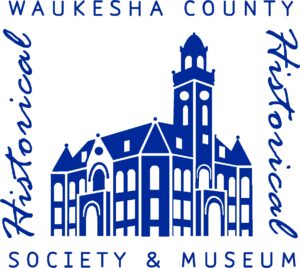
Object courtesy of the Waukesha County Historical Society & Museum.
SOURCES
A.G. Wright, Wright’s Waukesha directory 1921. (Milwaukee, Wisconsin: Wright Directory Co., 1921), Link.
J.W. Haight, Waukesha, the center of the Wisconsin lake region, popularly known as “the Saratoga of the West,” (Waukesha, Wisconsin: The Journal Print, 1888), Link.
John Schoenknecht, The Great Waukesha Springs Era 1868-1918. (Waukesha, Wisconsin: J.M. Schoenknecht, 2003)
